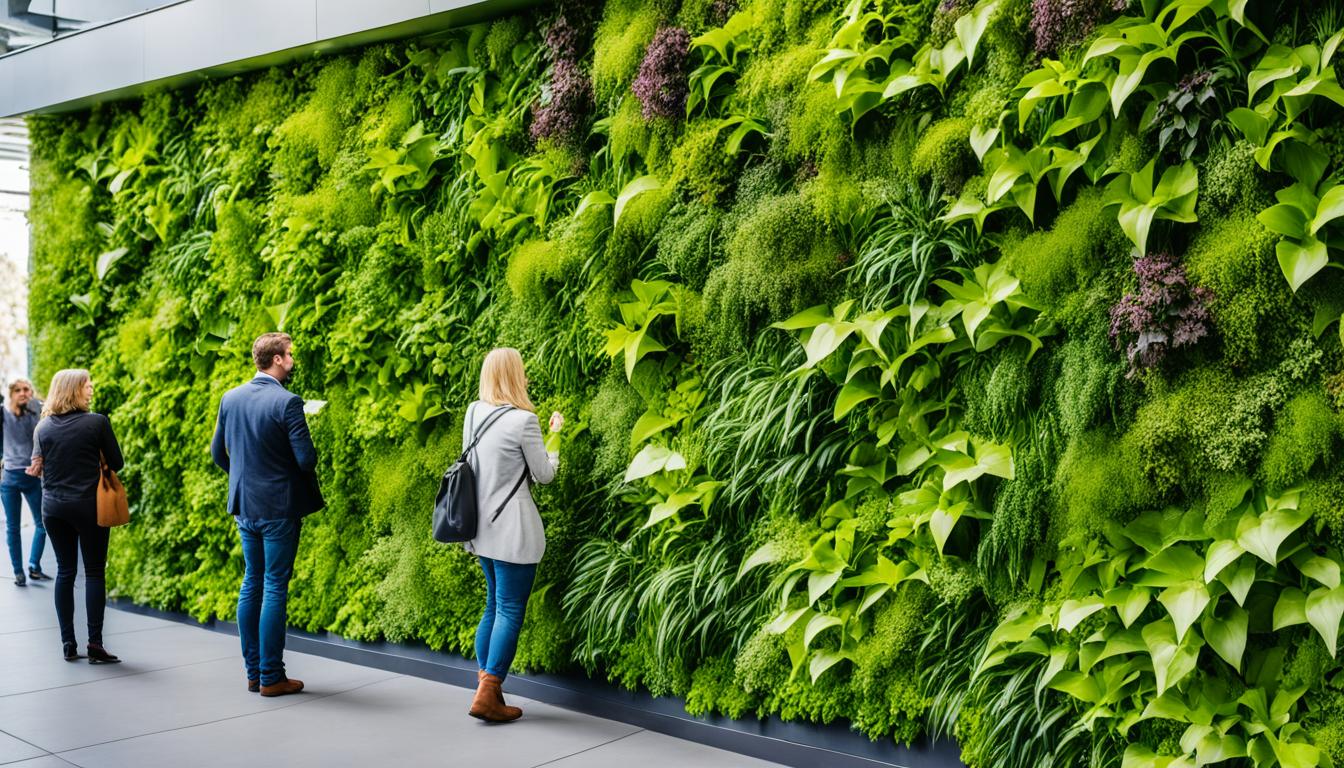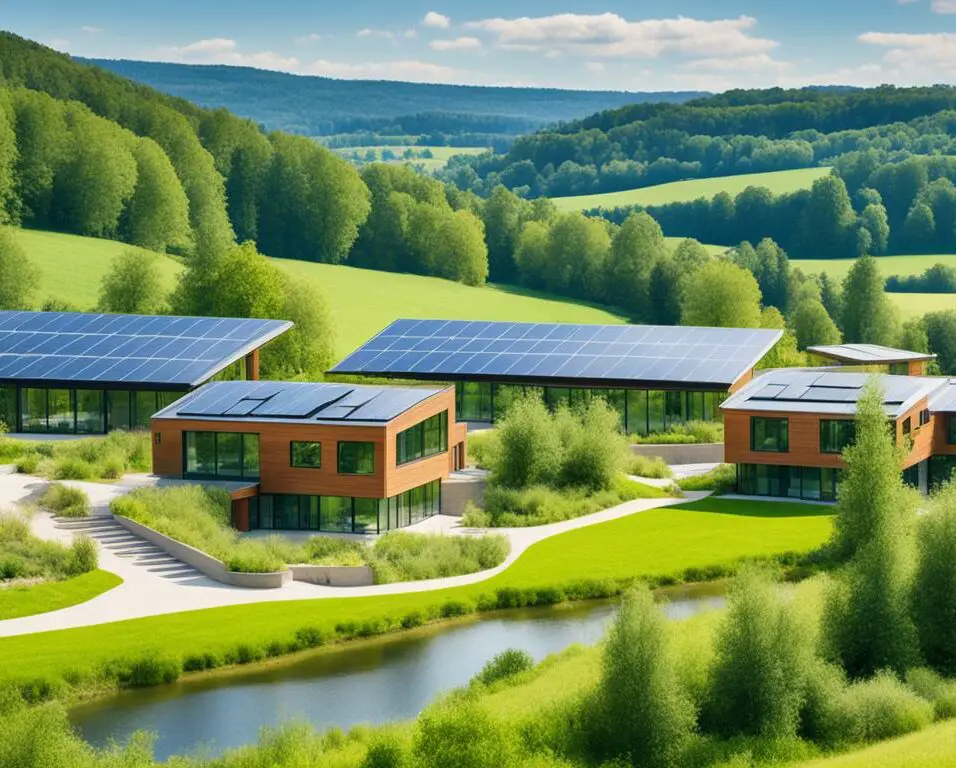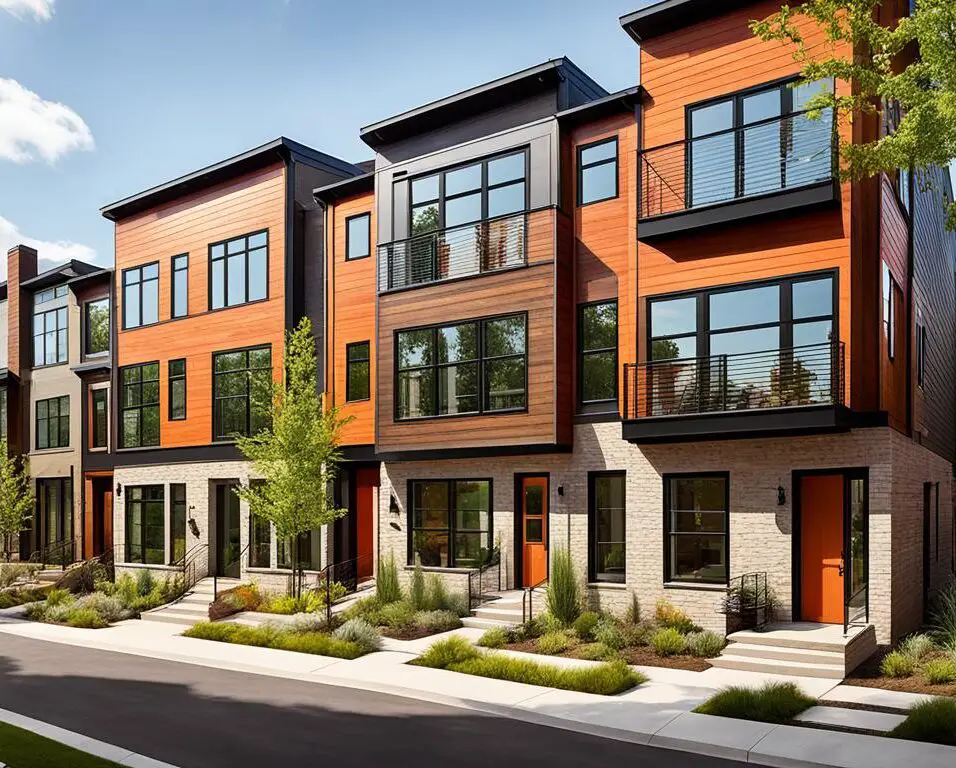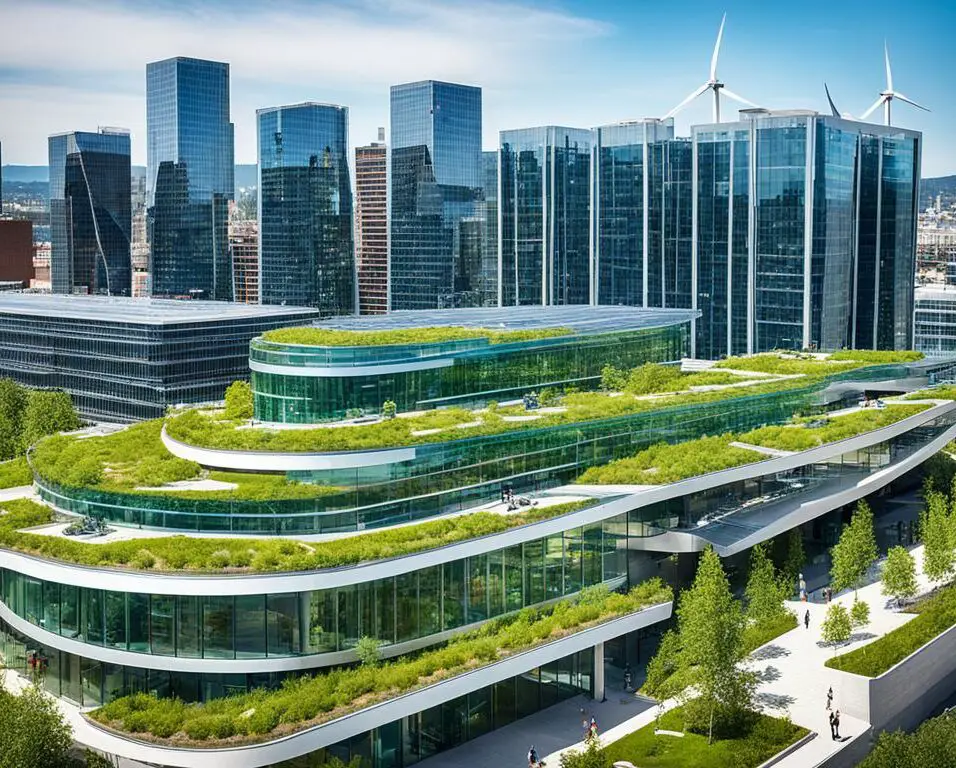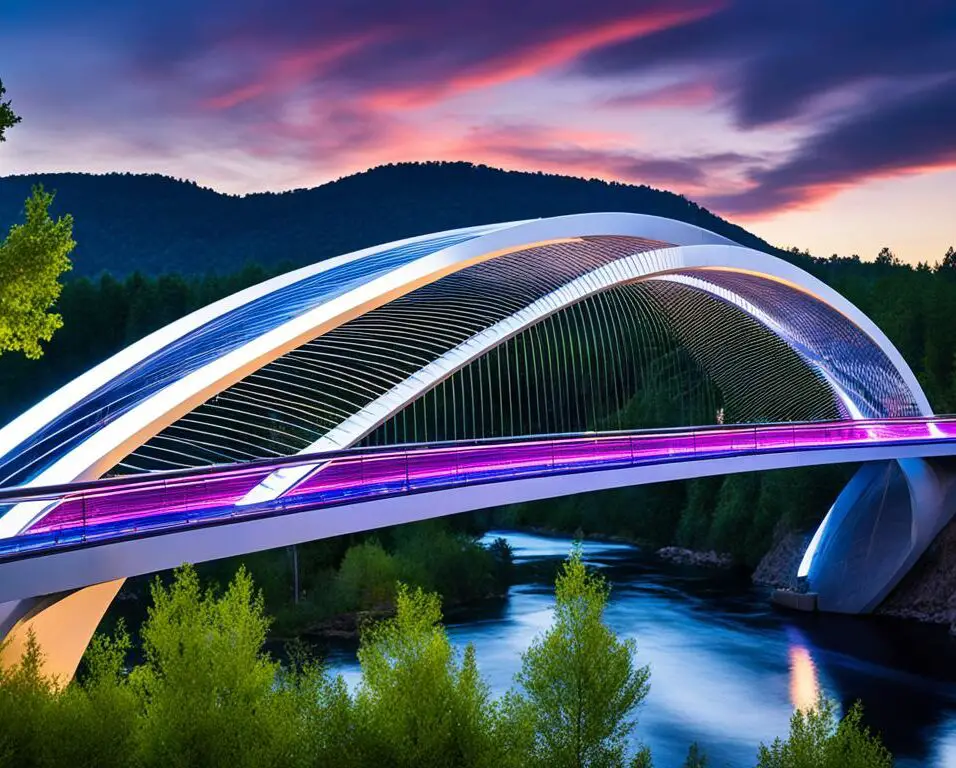Green Wall Systems: Nature Meets Urban Living
As cities continue to rapidly expand, creating a harmonious balance between urban living and the preservation of nature has become more crucial than ever. Green wall systems offer an innovative solution that embraces this challenge, transforming concrete jungles into eco-friendly oases that benefit both the environment and the community.
Green wall systems, also known as living walls or vertical gardens, consist of plants that are strategically mounted on walls, turning otherwise barren surfaces into vibrant, living landscapes. By integrating nature into the very fabric of urban structures, these systems provide a host of benefits that go beyond mere aesthetics.
One of the primary advantages of green wall systems is their ability to improve air quality in densely populated areas. Through the process of photosynthesis, the plants absorb carbon dioxide and other pollutants while releasing fresh oxygen. This natural filtration system helps combat the harmful effects of air pollution, creating a healthier and more breathable environment for urban dwellers.
In addition to their air-purifying properties, green wall systems also play a vital role in conserving energy. The vegetation acts as an insulating layer, reducing heat absorption and reflection from buildings. As a result, these systems help regulate temperatures, reducing the urban heat island effect and decreasing the reliance on energy-intensive cooling systems.
Key Takeaways:
- Green wall systems combine nature and urban living, transforming urban spaces into eco-friendly oases.
- These systems improve air quality, reduce energy consumption, and regulate temperature and humidity.
- Green walls offer aesthetic enhancement, noise reduction, and support biodiversity in urban environments.
- They are a popular choice for developers, architects, and urban residents looking to create sustainable and healthier cities.
- As cities face challenges related to climate change, population growth, and environmental degradation, green walls offer a promising solution for urban sustainability.
Advantages and Benefits of Green Wall Systems
Green wall systems offer a wide range of advantages and benefits for the urban environment. These innovative systems not only enhance the aesthetic appeal of buildings but also promote sustainability and create a healthier living environment. Let’s explore the multiple advantages and benefits of incorporating green wall systems into our urban spaces:
Improved Air Quality
Green wall systems act as natural air filters, helping to improve air quality in urban areas. The plants in these systems absorb pollutants such as carbon dioxide, volatile organic compounds (VOCs), and particulate matter, while releasing fresh oxygen. By reducing the levels of harmful substances, green walls contribute to cleaner and healthier urban environments.
Temperature and Humidity Regulation
Green walls play a crucial role in regulating temperature and humidity in urban areas, especially in concrete jungles where the urban heat island effect is prominent. The plants on these walls provide natural insulation and help cool the surrounding environment. They act as a shield against the scorching sun, reducing the need for excessive air conditioning and decreasing energy consumption.
Noise Reduction
Another significant benefit of green wall systems is their ability to reduce noise pollution in urban environments. The plants act as effective sound barriers, absorbing and buffering noise from busy streets and neighboring buildings. By creating a quieter and more peaceful atmosphere, green walls contribute to the wellbeing and comfort of urban residents.
Biodiversity Support
Green wall systems provide opportunities for urban biodiversity by attracting birds, butterflies, and other pollinators. The lush vegetation creates a habitat for these creatures, supporting local ecosystems and promoting biodiversity in urban areas. This enhanced ecological balance contributes to the overall sustainability and resilience of the urban environment.
Aesthetic Enhancement
Green walls add a touch of natural beauty and visual appeal to urban landscapes. Whether they are installed on the exterior or interior of buildings, these living walls create a striking contrast against the concrete surroundings. The vibrant colors and textures of the plants bring a sense of tranquility and serenity, transforming urban spaces into inviting havens of greenery.
In conclusion, green wall systems offer a multitude of advantages and benefits for the urban environment. From improving air quality and regulating temperature to reducing noise pollution and enhancing biodiversity, these systems are a powerful tool in creating sustainable and livable cities.
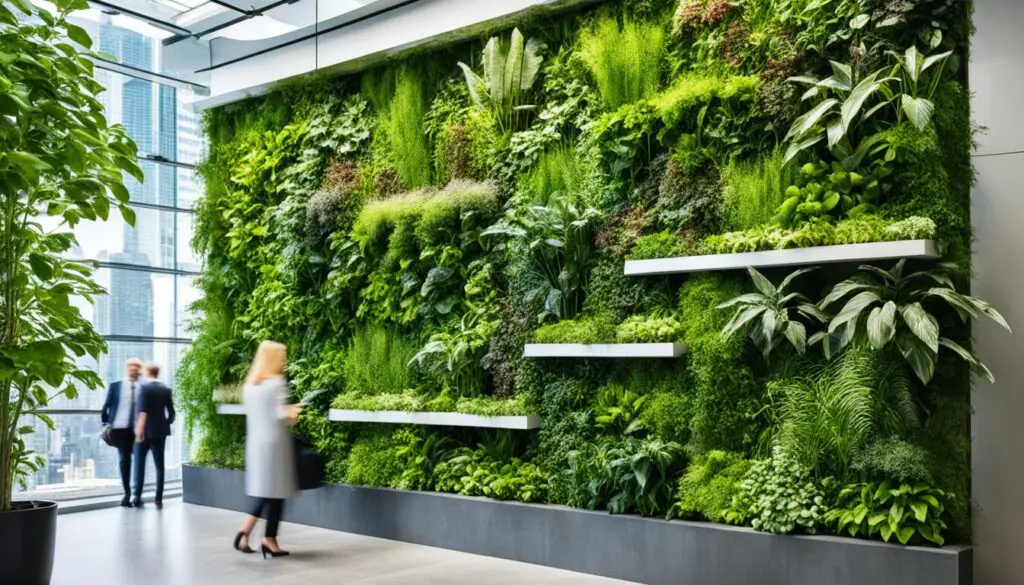
Green Wall Systems: A Promising Solution for Urban Sustainability
As cities grapple with the challenges posed by climate change, rapid population growth, and environmental degradation, the need for sustainable solutions has become more paramount than ever. Green wall systems, with their ability to integrate nature into urban environments, offer a promising path towards a more sustainable future.
By harnessing the power of green infrastructure, green walls can help mitigate the impact of urbanization on the environment. These vertical gardens not only enhance the aesthetic appeal of buildings but also deliver a multitude of environmental benefits. Green wall systems act as natural air purifiers, absorbing pollutants and releasing oxygen, which contributes to improved air quality in densely populated areas. Additionally, they help regulate temperature and humidity levels, combating the urban heat island effect and creating a more comfortable and livable urban environment.
Furthermore, green walls foster biodiversity and provide habitats for birds, insects, and other wildlife within the urban setting. This not only contributes to the preservation of local ecosystems but also enriches the overall urban biodiversity. Moreover, these vertical gardens offer a tangible solution for addressing food security concerns in urban areas by providing space for urban farming and vertical agriculture.
As we look to the future, green wall systems hold immense potential to create sustainable cities that prioritize both human well-being and environmental stewardship. By integrating green walls into urban infrastructure, we can mitigate the environmental impact of urbanization, enhance the resilience of cities in the face of climate change, and promote a healthier and more harmonious coexistence between nature and urban living.



